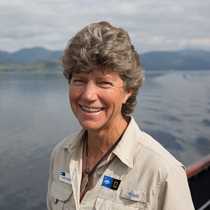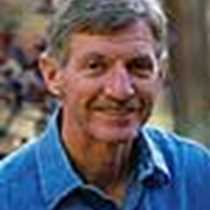This morning we started our journey up the Caledonian Canal following the Great Glen’s natural fault line up to our final destination of Inverness. Thomas Telford engineered the Canal, which was constructed between 1803 and 1822 and includes 22 miles of manmade canal, 38 miles of open lakes, and a total of 27 locks to pass through. The morning started with a climb up Neptune’s Staircase, a series of eight locks that raise the canal by 19m (62ft) over a quarter of a mile.
During our morning sail up the Canal, Stewart presented “Scots on the Rocks,” an overview of Scotland’s geology, including the formation of the country over millions of years, and the subsequent carving of the landscape by almost 2 million years of glaciation during the Ice Age. Following Stewart, David informed us of the history of Christianity in Scotland, describing how Romans brought Christianity to England, yet a different form of Christianity came into Scotland probably from Egypt, which developed into Celtic Christianity. Roman Christianity eventually dominated over the Celtic form of the faith.
Before lunch, we passed through Moy Bridge, the last remaining working Telford-designed bridge on the Canal, one that is still hand cranked. During lunch, we were surrounded by trees as we sailed the narrow stretch of Laggan Avenue, a section of the canal cut down into the land to reach its full depth. Trees were planted to stabilize the spoil piled on the canal banks, which now makes for a verdant passage. Shortly after Laggan Avenue, the ship entered Loch Oich, the highest part of the Canal at 106 feet (32m) above sea level.
After lunch, we had the opportunity to walk a stretch of the Canal, disembarking at Kytra Locks and walking to Fort Augustus, where we will spend the night. This small town was established as a fort in 1729, part of the effort to subdue the Jacobites. It is named after William Augustus, second son of King George II, who led the government troops at the Battle of Culloden.
Later in the afternoon, we had the chance to explore Fort Augustus with Jim on a photo outing, or join David, Stewart, and Robin for a walk on the outskirts of Fort Augustus, meandering through pastures, forest, and farmlands. The walking route took us through Kilchuimen church, where poet Robert Burns’ close friend John Anderson is buried. There in the peaceful graveyard with its towering yew trees, David read the poem Burns’ wrote for his friend, “John Anderson, My Jo.”
Captain Tony Reading provided our evening recap, with an informative presentation on the history of the Caledonian Canal. After dinner, a lively ceilidh band ended another full day in the Highlands.









